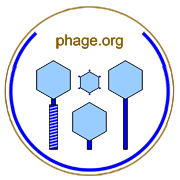
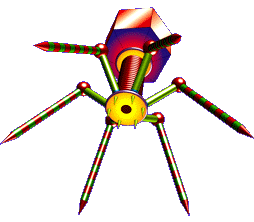
Abstract: [no abstract]
From p. 273: "Several investigations have been carried out under field conditions to test the possible utilization of viruses as control agents for unwanted algae (Goryushin and Chaplinskaya, 1968; Jackson, 1967; Jackson and Sladecek, 1970; Safferman and Morris, 1964b). In 1964, Safferman and Morris tested the effects of LPP-l under conditions simulating natural algal blooms by growing Plectonema in an artificial 112-liter pond that had been supplemented with nutrients (1964b). Seven days after virus infection, complete lysis of objectional growth occurred, resulting in a 3000-fold increase in the virus titer. In light of the control of bacteria by the use of bacteriophages in epidemiological cases of Asiatic cholera as well as the unwanted destruction of essential bacteria in cheese-making process, Safferman and Morris concluded that algal virus control could be interpreted in the more general terms of the influence of viral agents on the succession of microbe populations. ¶ More recently, Jackson and Sladecek (1970) attempted to study the large scale effects of the interaction of LPP-l and its host, P. boryanurn. These studies took place at the Brookside Sewage Treatment Plant near Fayetteville, New York, where 5000-gallon tanks were incubated with Plectonerna. Over forty different attempts were made to grow the host in these tanks, and all were unsuccessful. If was found that autoclaved aliquots of the same water supported excellent growth of the host, thus indicating that LPP-l virus was already naturally present in the tanks, constantly destroying and effectively controlling the population of Plectonema. Jackson concluded that there is little doubt that algal viruses can prevent the growth of their hosts under natural conditions, even under conditions where a surplus of nutrients is present. Because the virus is very persistent, it preventively protects an area where it is present. ¶ No doubt, the objectives of ecologists and investigators of water pollution would be to develop an ideal agent for the control of unwanted algal growth. Such an 'ideal' algicide might be: (1) selective for the specific nuisance; (2) nontoxic to life, especially to fish and organisms involved in the food chain; (3) harmless to man; (4) noninfluential on water quality; (5) nonaccumulative; (6) easily incorporated into the cycling of natural elements; (7) harmless to equipment; (8) effective under broad conditions; (9) easy to store and handle; (10) of reasonable cost; (11) available for continuous use; and (12) simple to assay its presence in very small amounts both quantitatively and qualitatively so that its concentration may be accurately and easily controlled. It seems as though the algal viruses could meet most of these criteria for the 'ideal' algicide although much research remains to be done before actual control is standardized and effective."
Return to Home or see Phage Terms/Glossary. Contact web master.
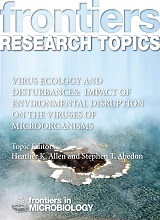
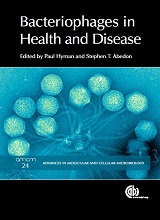
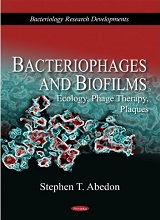

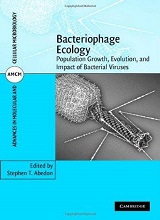
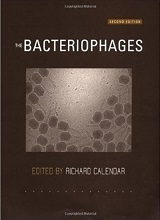
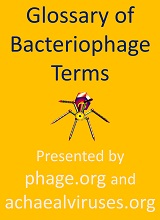
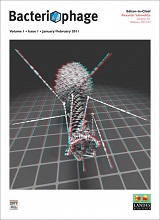
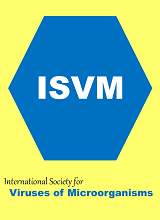



[full text not included]